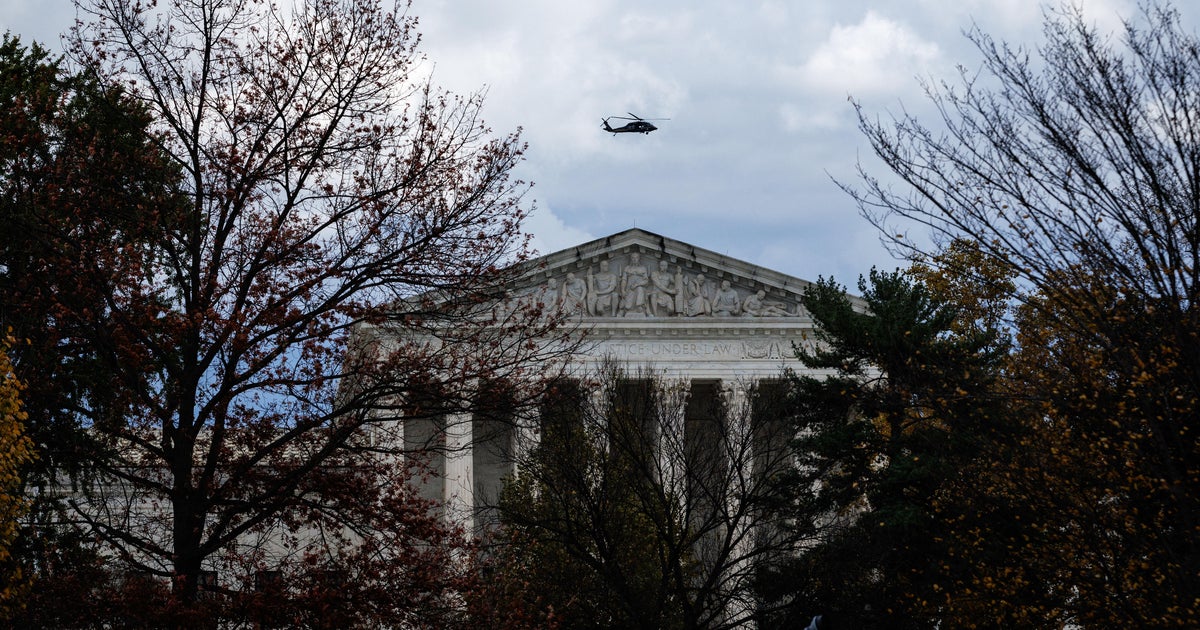The Number Of U.S. Workers Who Belong To Unions Fell In 2021

The share of U.S. workers who belong to a labor union dropped in 2021 to hover near a historic low, according to data released Thursday by the Labor Department.
Union density across industries fell from 10.8% in 2020 to 10.3% last year, meaning barely more than one in 10 workers is now in a union. The rate in the private sector ticked down from 6.2% to 6.1%. The rate in the public sector, where unions have a much stronger presence, dropped from 34.8% to 33.9%.
In some years, the union membership rate falls even though the number of union members is increasing – unions just aren’t adding members as fast as the U.S. workforce is growing. But according to the data, last year the raw number of workers who belong to a union also fell, by 241,000, to roughly 14 million.
The drop erases an increase in union density that happened in 2020, returning to the same 10.3% rate of 2019. That is nearly half the union membership rate of 1983, which the Labor Department says is the first year with comparable data. It is believed that more than one in three U.S. workers belonged to a union at the peak of membership in the 1950’s.
The Economic Policy Institute, a left-leaning think tank that studies collective bargaining, noted that the share of workers who are represented by a union fell significantly last year but merely returned to its pre-COVID level. The short-lived increase in union representation in 2019 was probably the result of the pandemic economy: Jobs in largely non-union fields like hospitality disappeared quickly, then returned last year, pulling the union membership rate down.
At the same time, EPI President Heidi Shierholz, a former chief economist for the Labor Department, described last year’s decline as a “wake-up call” to policymakers. She urged Congress to pass the Protecting the Right to Organize Act, a sweeping proposal to overhaul labor law.
“The Biden administration and Congress must adopt policies that make it easier for workers to form a union, including the PRO Act,” Shierholz said. “Not only are these policy changes crucial to restoring a fair balance of power between workers and employers, they are also essential to an equitable recovery from the coronavirus pandemic.”
After years of falling membership numbers and legislative setbacks, unions have recently seen some major factors shift in their favor. The surprisingly tight labor market has made it hard for many employers to hire, giving workers more leverage to make demands and go out on strike. Meanwhile, the pressures of working through a pandemic, with many employers ignoring safety concerns, has made a lot of workplaces ripe for union organizing.
There have been some notable successes for unions lately, such as the rapid organizing of several Starbucks stores, with two already unionized in New York and others elsewhere lining up to join them. But if unions as a whole have been capitalizing on the current climate, it isn’t showing up yet in the data.
Liz Shuler, president of the AFL-CIO, a federation of 57 unions representing 12.5 million workers, said in a statement that “the data is not representative of the greater union trends taking place across the country,” noting the high approval rating for unions. A recent poll by Gallup put union favorability at 68%, the highest level since 1965.
“If everyone who wanted to join a union was able to do so, membership would skyrocket,” Shuler said.
One factor that hasn’t changed during the pandemic is the legal process through which workers form unions, which the AFL-CIO describes as “broken.” The law offers notoriously weak penalties for employers who violate workers’ rights, incentivizing them to push the boundaries of what’s legal as they fight union drives. Many workers who do manage to unionize spend years trying to secure their first collective bargaining agreement.
The PRO Act would make dramatic changes to the law, creating monetary penalties for union-busting, overriding state right-to-work laws and making it easier for workers to win a first contract. The bill has already passed the House, but supportive Democrats haven’t managed to win over all their colleagues in the Senate, where they hold a bare majority and face a certain Republican filibuster.
Checkout latest world news below links :
World News || Latest News || U.S. News
Source link



